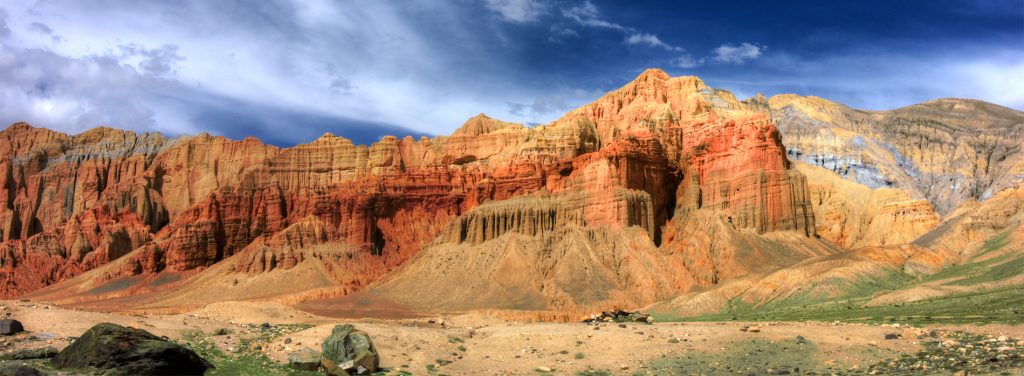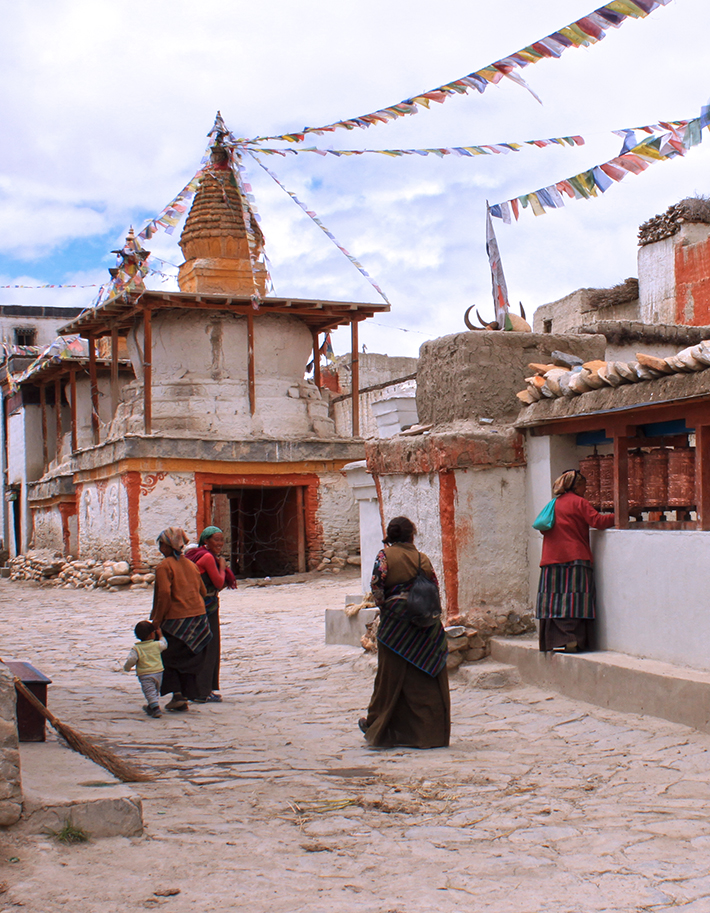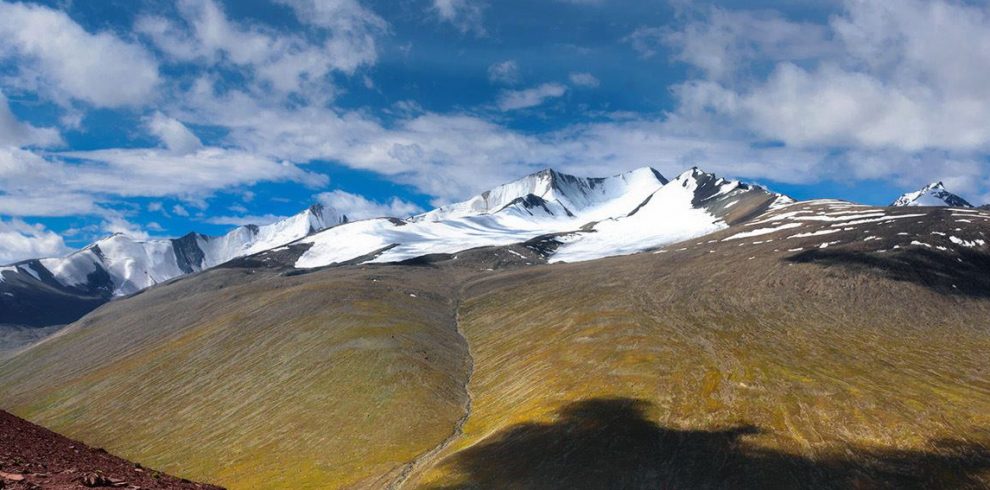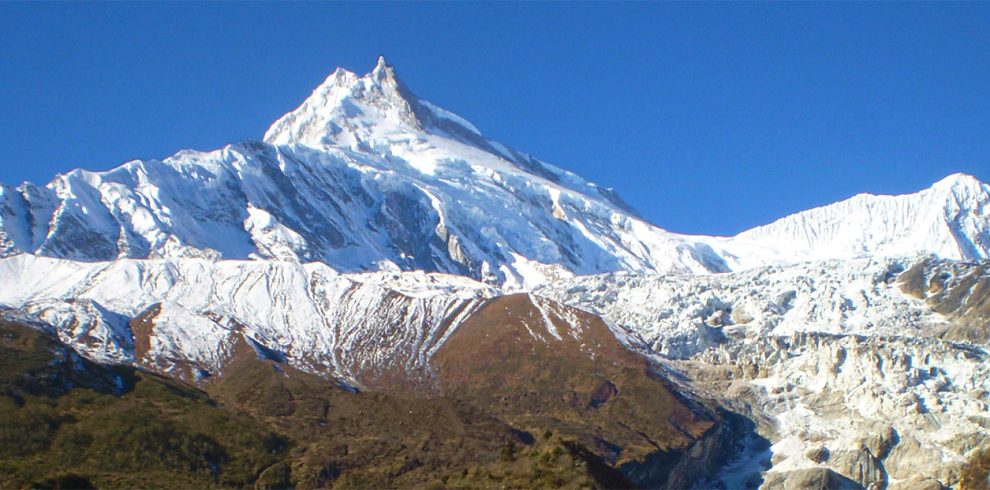Exploration of the most isolated and unexplored part of Nepal
The Forbidden Kingdom of Mustang lies north of the main Himalayan range of Nepal. Mustang was a part of the Tibetan Kingdom of Gungthang until 1830’s and maintained its status as a separate principality until 1951. Its unofficial capital Lo Manthang still remains a kingdom within Nepal. The King of Lo Manthang retains his title and he has been given the honorary rank of Colonel in the Nepal Army.
Overview
Trekking in Mustang was officially opened in 1992 to limited numbers of trekkers each year in order to protect and conserve the local Tibetan tradition and the fragile environment.
This trek takes you into this fabled forbidden kingdom of vast arid valleys, eroded canyons, yak caravans, colorful-painted mud brick houses, and stupendous views of the majestic mountains.
Mustang Trek is basically a remote trek to one of the least visited lands in western Nepal. It was a forbidden kingdom of the ancient kings, and thus, the region remained unknown to the travelers for many decades which helped indeed to nurture the beauty of these mountains, and its culture stayed isolated and well protected. The trekking location is divided into two regions; Upper Mustang Trek and Lower Mustang Trek both with unique features that make the trekking experience undoubtedly one of the most beautiful experiences of your life.
The naive mountains in these regions have an elevation up to 4000m; the journey uphill offers the traveler incredible views of the Buddhist monasteries that reflect the ancient art and culture of the inhabitants of the region along with breathtaking views of the panorama that surrounds the deserted valley.
The thrilling trek to Upper Mustang begins from Pokhara, and then a flight to Jomsom and the trekking routes extend from Chele, Ghami, Syangboche, Gharang, and Lomanthang. Apart from the mystical mountains, you can get to see the mud-built houses, Yaks used by locals for transport, eroded canyons, and rifts. The white snow clad Annapurna, Dhaulagiri and Nilgiri Himalayan ranges are the highlights of the trek. One of the interesting facts is that the tracks are equally favorable even during the monsoons.
The Lower Mustang trekking begins in the northern central part of the region at the top of the River Kaligandaki, the gorge which is the deepest gorge of Nepal. The journey is full of adventure as the routes are challenging here. The place gives an isolated feel and the peaceful Buddhist hymns ringing from the monasteries are loved by peace seekers.
Highlights
- Trekking in the remote and restricted region of Nepal.
- Mountain flight through the worlds deepest gorge with Mt. Annapurna I (8093 m) and Mt. Dhaulagiri (8167 m) on either sides.
- Exploration of the mystic cave monasteries and forts, including the Raja's palace at Lomanthang.





